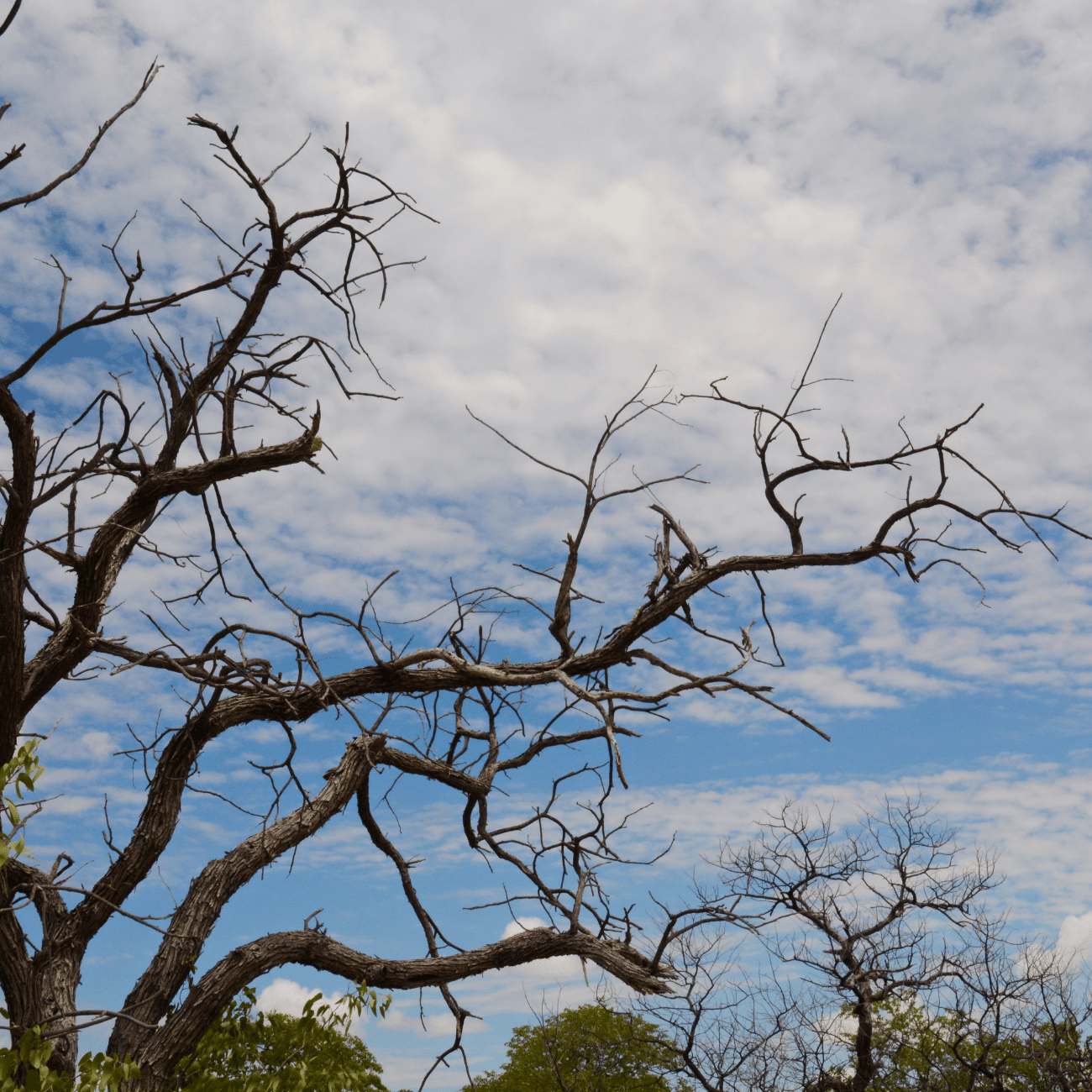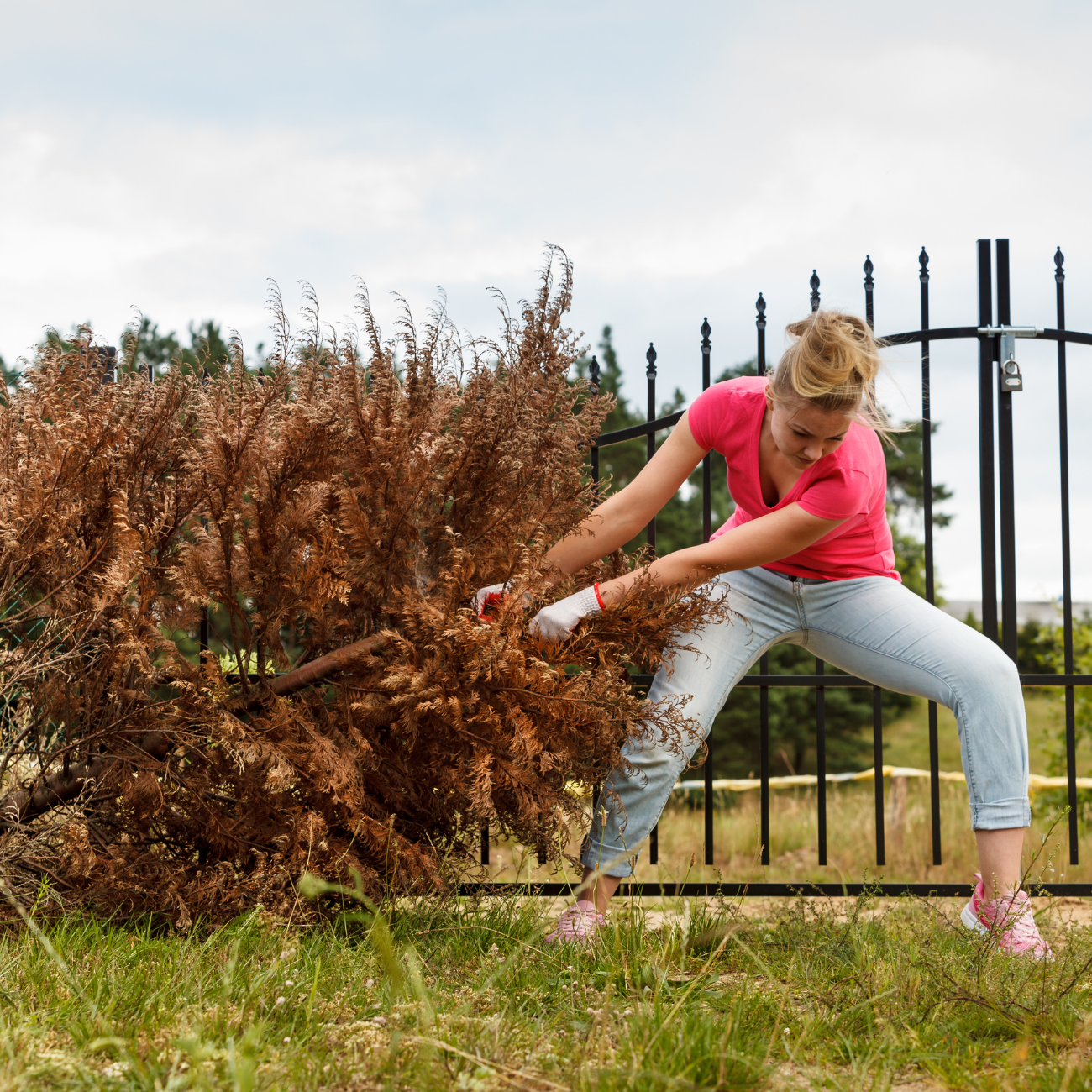What is Tree Care?
Like anything else in life, if you look after something it will grow and florish, trees are no different. Here's a couple of tips to Keep Your Trees Healthy and Strong
- Plant the right tree in the right place. Choose a tree which is suitable for your area. Then, place it in a spot that will get enough sun and with enough space to enable its canopy to grow fully.
- Ensure you properly water the plant.
- Mulch around the base
- Regularly fertilise.
- Prune correctly at the right time.
- Arrange regular checkups.
Get a FREE Quote
We will get back to you as soon as possible.
Please try again later.
Save Time
Qualified Staff
Safety First
Friendly Advice
When should I prune my trees?
Regular pruning should be a normal part of your tree maintenance procedure.
The benefits of pruning can include:
- removing dead branches
- improving tree structure
- enhancing tree growth
- greater safety and aesthetics.
Pruning is generally done during the dormant period of the plant however dead branches can be pruned any time.
How to remove a
Yucca Plant.

What are the Signs that a Tree is Dying?
There are quite a few signs a tree will give if it is starting to die, here are some of the main ones.
- Sticks start to fall everywhere on the Ground. This is definitely the surest indication that your tree is not healthy.
- Few, or no leaves
- The Bark is beginning to fall off.
- Rot or Fungus is starting to appear.
- The Tree Is Leaning.
- Damage to the root system.
- Breaks or open wounds in the bark.
- Evidence of Termites or other tree Pests.
How do you save a Stressed Tree?
Trees that are stressed can often be helped by providing proper care and addressing the cause of the stress. Here are some steps you can take to help save a stressed tree:
- Determine the cause of the stress: Identifying the cause of the stress is the first step in helping a stressed tree. Common causes of tree stress include pests, disease, improper watering, and damage to the roots.
- Provide proper care: Once you have identified the cause of the stress, take steps to address it. This may involve watering the tree properly, applying appropriate fertilizers, or treating for pests and diseases.
- Prune damaged or diseased branches: Removing damaged or diseased branches can help a tree to focus its energy on healthier growth.
- Protect the tree from further stress: This may involve providing shade or windbreaks, or applying mulch to help regulate soil temperature and moisture.
- Consult with a certified arborist: If you are unsure about how to care for a stressed tree, or if the tree is severely damaged, it may be helpful to consult with a certified arborist. They can provide professional advice and assistance with tree care.
It is important to be patient and to provide proper care for a stressed tree over a period of time. It may take several months or even years for a tree to fully recover from stress.
When should tree branches be cut back?
It is generally best to prune trees during their dormant season, which is typically in the winter or early spring. This is because the tree is not actively growing and using energy at this time, so it can better recover from pruning cuts. Pruning during the dormant season can also make it easier to see the structure of the tree and identify any dead, diseased, or damaged branches that need to be removed.
However, there are some exceptions to this rule. For example, if you notice a branch that is damaged or diseased during the growing season, it may be necessary to remove it immediately to prevent the problem from spreading. Additionally, some trees, such as certain types of fruit trees, may need to be pruned at specific times of the year in order to promote healthy growth and fruit production.
In general, it is important to be cautious when pruning tree branches, as improper pruning can damage the tree or encourage the growth of unhealthy or unwanted branches. If you are unsure about how to properly prune your tree, it may be a good idea to consult a professional arborist or tree care specialist.
What Does an Unhealthy Tree Look Like?
An unhealthy tree may have visible signs of distress or damage, such as:
- Dead or dying branches: If a tree has branches that are visibly dead or dying, it could be a sign that the tree is unhealthy. Dead branches may be brittle, discolored, or have no leaves.
- Fungal growth: Fungal growth, such as mushrooms or conks, on a tree can be a sign of a diseased or decaying tree.
- Leaning trunk: A tree that is leaning significantly to one side may be unstable and at risk of falling. This can be caused by a number of factors, such as root damage, soil erosion, or disease.
- Discolored leaves: Trees that are unhealthy may have yellow, brown, or wilted leaves. This can be a sign of a nutrient deficiency, pest infestation, or disease.
- Cavities or holes in the trunk: Large cavities or holes in the trunk of a tree can weaken the tree and make it more susceptible to falling.
- Excessive shedding of leaves or fruit: A tree that is shedding leaves or fruit excessively may be under stress or experiencing a pest or disease problem.
If you notice any of these signs on a tree, it's a good idea to consult a tree care professional to determine the cause and determine the best course of action. They can help to assess the health of the tree and recommend any necessary treatment.

How to identify hazardous trees and their method of removal.
Identifying hazardous trees and safely removing them is crucial for maintaining a safe environment around homes, parks, and public spaces.
Hazardous trees can pose significant risks to people, property, and surrounding vegetation if they fall or drop branches. Here is an insight into the process of identifying hazardous trees and the method for their removal.
Identifying Hazardous Trees
Hazardous trees are those that have structural defects or health issues that could lead to failure.
Signs that a tree may be hazardous include:
- Dead or Dying Branches: Look for branches that lack leaves during the growing season, have dead leaves attached, or show signs of decay.
- Decay: Visible signs of decay, such as fungal growth, cavities, or soft, crumbly wood, can indicate internal weakness.
- Weak Branch Unions: Branches that grow closely together or form a tight "V" shape are often weaker and more prone to breaking.
- Cracks: Large cracks in the trunk or branches can compromise the structural integrity of the tree.
- Leaning: While some trees naturally grow at an angle, a sudden lean or soil upheaval near the base may indicate instability.
- Root Problems: Signs of root damage or decay, such as lifted soil on one side of the tree or exposed, decaying roots, can signal a risk of uprooting.

Method of Removal
Removing a hazardous tree can be dangerous and should be carried out by professionals, especially if the tree is large or located near property, power lines, or public areas.
Here is the general method professionals use for tree removal:
- Assessment: A certified arborist or tree removal specialist will first assess the tree to determine the best approach for removal, taking into account its size, location, and the surrounding environment.
- Planning: The removal plan will include determining the direction of fall for the tree or branches, identifying escape routes for the workers, and considering any necessary traffic or pedestrian control.
- Preparation: The area around the tree will be cleared, and safety measures will be put in place. This may include setting up barriers or signs to keep people away from the work area.
- Cutting and Felling: For smaller trees, a single cut may be sufficient to bring the tree down. Larger trees may require a series of cuts, including a notch cut on the side of the tree facing the direction of fall and a back cut on the opposite side. The tree may also be dismantled in sections, starting from the top, using ropes and rigging equipment to control the descent of large branches and sections of the trunk.
- Removal of Debris: Once the tree is down, the debris will be removed. This typically involves cutting the tree into manageable pieces and chipping smaller branches.
- Stump Removal: The final step is to remove the stump, either by grinding it down below ground level or by digging it out, to prevent regrowth and remove any tripping hazards.
Contact
Kaptol Tree Removal Newcastle
A Member of the Kaptol Group
Powered by Kaptol Media
